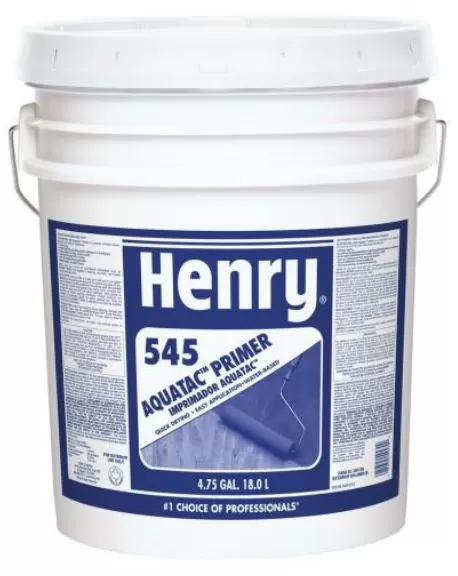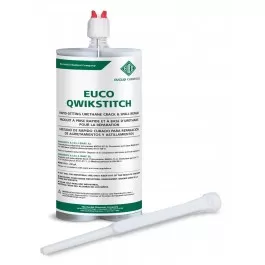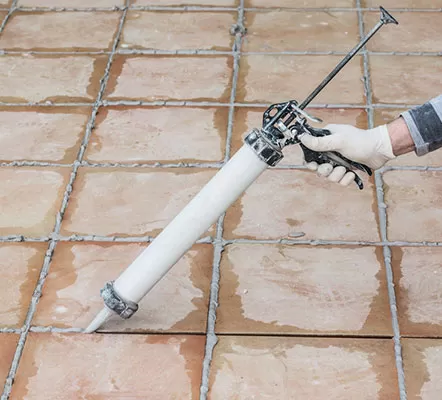Blog
Window Caulk: Your Secret Weapon Against Leaks
When it comes to protecting your home from the elements, one often overlooked yet essential tool is window caulk. This unsung hero plays a crucial role in maintaining the integrity of your windows and preventing leaks that can lead to costly damage. In this article, we’ll delve into the world of window caulk, exploring its significance, how it works, and the proper steps for its effective application.
Understanding the Significance of Window Caulk
Window caulk, also known as sealant or caulking, is a flexible material used to seal gaps and cracks around windows, doors, and other building elements. Its primary purpose is to prevent the infiltration of air, water, and other external elements into your living spaces. By creating a tight, waterproof seal, window caulk helps to enhance energy efficiency, maintain indoor comfort, and protect your home’s structural integrity.
How Window Caulk Works
At its core, window caulk is a versatile material that adheres to various surfaces, such as glass, wood, metal, and masonry. It forms a barrier that effectively seals gaps and joints, preventing water intrusion and air leakage. High-quality caulk is weather-resistant and remains flexible even as the building materials expand and contract due to temperature changes.
Window caulk works by filling in gaps and cracks, which can develop over time due to natural settling, weather exposure, or simple wear and tear. These gaps are potential entry points for rainwater, drafts, and insects, all of which can compromise the comfort and safety of your home. By applying window caulk strategically, you create a water-resistant barrier that prevents leaks and contributes to maintaining a well-insulated living environment.
Steps for Proper Window Caulk Application
Applying window caulk effectively requires attention to detail and precision. Follow these steps to ensure a successful caulking process:
- Preparation: Clean the surfaces around the window frame thoroughly to remove any dirt, debris, or old caulk. Use a scraper or putty knife to remove loose or peeling caulk.
- Selection: Choose the right type of caulk for your specific needs. Silicone-based caulk is ideal for areas exposed to water, while acrylic caulk is more versatile and can be painted over.
- Cutting the Nozzle: Cut the nozzle of the caulk tube at a 45-degree angle to achieve the desired bead size. The size of the gap you’re sealing will determine the width of the bead.
- Application: Hold the caulk gun at a 45-degree angle and carefully applying an even layer of caulk along the gap that exists between the window frame and the adjacent wall. It’s essential to maintain a steady and constant pressure on the caulk gun trigger to ensure a seamless and uniform seal.
- Smoothing: Employ a caulk smoothing tool or dip your finger in water to gently smoothen the caulk bead. This step guarantees proper adhesion to both surfaces and the formation of a reliable, airtight seal.
- Drying: Allow the caulk to dry according to the manufacturer’s instructions before exposing it to moisture or extreme weather conditions.
Window caulk is an indispensable tool in your arsenal against leaks and drafts. By understanding its significance, how it works, and following proper application techniques, you can ensure your home remains comfortable, energy-efficient, and well-protected. Regular maintenance and re-caulking as needed will go a long way in extending the lifespan of your windows and preserving the value of your property. Don’t underestimate the power of window caulk—it’s your secret weapon for maintaining a leak-free and comfortable home.




